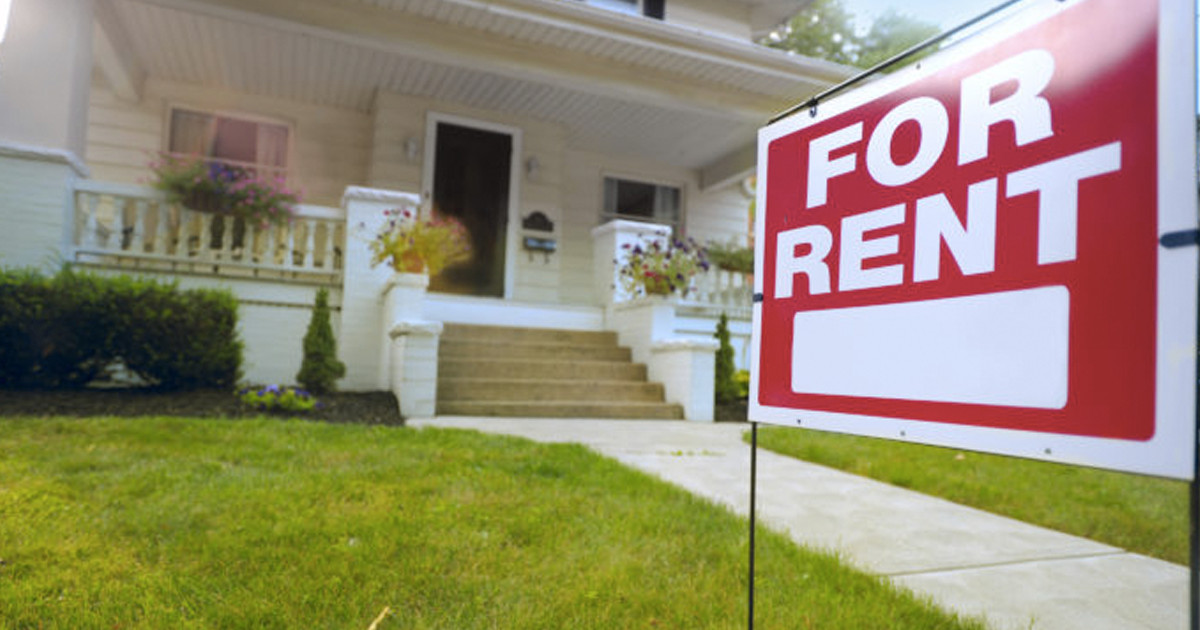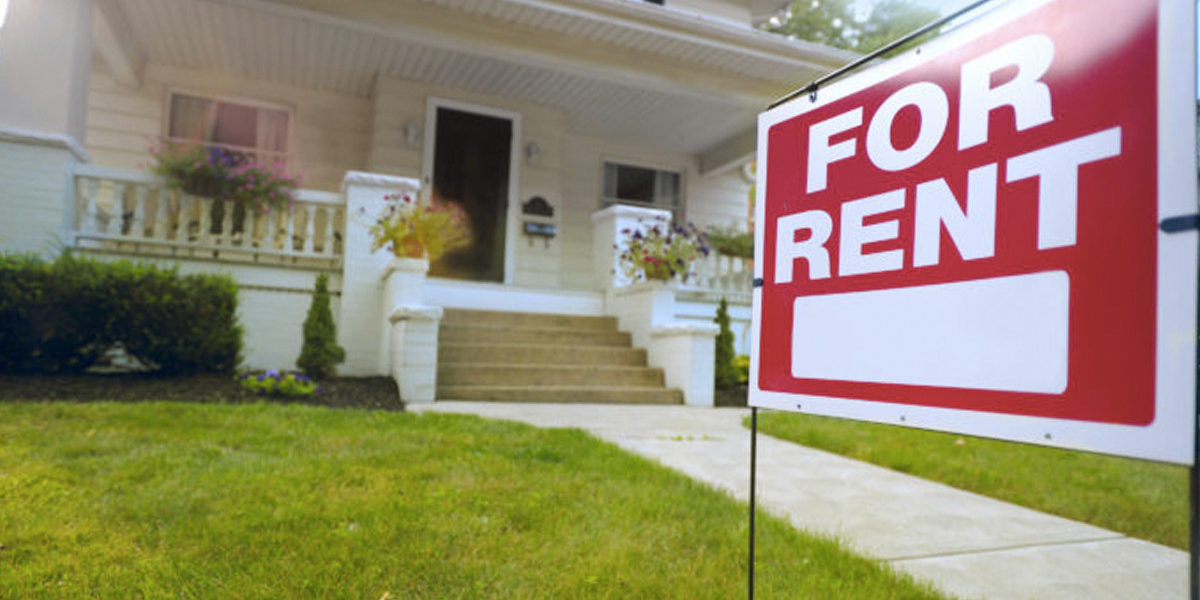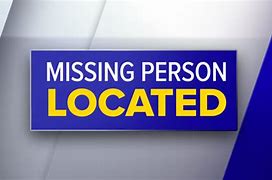
By Jonathan Make
Wyoming Tribune Eagle
Via- Wyoming News Exchange
CHEYENNE — With financial assistance from the federal government, the state of Wyoming is looking to help vulnerable populations of people stay in their homes.
Using up to an initial $1 million, the Wyoming Department of Health is accepting applications from state residents who are already participants in a COVID-19 pandemic rental assistance program.
The Department of Health’s newer program is called Housing Stability Services, or HSS, and is part of the Emergency Rental Assistance Program. (Both programs get funds from the 2021 federal American Rescue Plan Act.)
Wyoming’s ERAP-HSS initiative is now offering to pay as much as $5,000 per household for adults with disabilities and people who are older than 55 to make necessary upgrades to their dwellings so that they can more easily maneuver inside. Another portion of the initiative offers a similar amount of money for much-needed repairs to trailers and mobile homes for people who rent the lots the dwellings stand upon.
There may be much demand in the state for this help, officials told the Wyoming Tribune Eagle this week.
This is partly because the shortage of affordable places to live, coupled with rising prices for housing and many other things, means that many people are facing a financial crunch. This is particularly so for those of lower incomes, experts say.
The Wyoming Department of Health last year received $1 million in funding from the state Department of Family Services, which helps run ERAP.
Officials involved in HSS are hoping to extend beyond September the amount of time that repairs and mobility updates can be made. And it is possible more money could be made available, although details are not final.
“The need is huge” for such assistance across the state, said Dan Dorsch, special projects coordinator at Habitat for Humanity of Laramie County.
His organization helps administer HSS in the county; the Department of Health has other such administrators throughout the state.
There are people in the state and locally who pay more than the generally recommended roughly 30% threshold of their income for housing, Dorsch noted.
“I think that is playing a huge part in where that need is coming from,” he said.
From the second quarter of 2020 through all of last year, Laramie County mobile home expenses increased 10.7% to an average of $1,027 a month, said a local economist whose organization compiles such statistics.
According to the expert, Wyoming Center for Business and Economic Analysis Director Nick Colsch, lot rents also rose.
Reflecting state and other officials’ assessments to the WTE that there is a sizable such population locally, Colsch noted in an email that 8.5% of households in the county — several thousand people — lived in mobile homes or trailers in 2019.
Meanwhile, those 55 and older made up 29.5% of the population here in 2019, which a recent report from Colsch’s center at Laramie County Community College said is “evidence of the continued aging of Laramie County’s population.”
Although it is somewhat early on in the state program, Habitat for Humanity of Laramie County has already overseen the completion of two projects in mobile homes locally.
“We’ve spent up to the limit” for those two households, Dorsch said Friday.
Additional households in the county have been referred by the Wyoming Department of Health to the local Habitat for Humanity for similar upgrades. So there are more projects that likely will be in the works.
Therein lies a wrinkle, caused, in part, by some of the same economic conditions that make it harder for some people to remain in their homes or to pay for necessary repairs. The same supply chain crunch stemming from the pandemic that has raised prices for many goods also means that government money doesn’t go as far in funding upgrades.
And wait times for projects to be completed are longer, too.
Meanwhile, the increase in housing and rental prices means that people may have less money for repairs, even in dangerous situations.
“The $5,000 is great, but sometimes there is a greater need than that,” Dorsch said of the current per-household reimbursement limit for repairs and upgrades (up to a possible $10,000 for those qualifying for both categories of help). “The cost of building supplies keep going up and up” and may rise even more, Dorsch said.
The bottom line is that while “that $5,000 bucket seems like a lot,” Dorsch said that it “can seem a lot smaller once you start making calls” to contractors and repair people and finding out what particular repairs cost.
In one mobile home in Laramie County, additional repairs remain on the to-do list so that the resident does not need to unplug one appliance to use another, Dorsch recounted.
“There was a lot of electrical work that needed to be done,” only some of which could be fixed with the initial money, he said. “There are still a few electrical things that need to be done for the person to continue to live in the trailer” safely.
Already, the person has received a new microwave and a new oven, as neither one was working correctly. A thermostat was fixed, as was a leaky faucet.
State officials and Dorsch said they were unable to provide identifying details of HSS recipients due to privacy reasons. They said people were appreciative of the work.
The state is looking for additional administrators (formally called sub-recipients) so that ERAP-HSS can fully operate in every county in Wyoming.
So far, the Department of Health has connected some 45 households in the state with a sub-recipient, said Mark Kelly, who works at the department’s Aging Division and helps to run ERAP-HSS.
“We do have people on the waitlist” in counties lacking a local organization that can coordinate all services available under ERAP-HSS, Kelly said in an interview where he spoke along with Dorsch.
“As time goes on, that list is getting shorter, and that is good news,” Kelly added.
The Cheyenne Housing Authority also has waitlists for those who want to live in its housing or get federally funded support for private residences whose owners accept such vouchers.
“There is a shortage of affordable housing in Cheyenne,” said the housing authority’s executive director, Greg Hancock.
Of the current waitlists at CHA, he said “that’s not higher than normal, that’s very typical.”
The Section 8 program for the vouchers has some 1,000 households, and about twice that many on the waitlist. There are about 1,350 households waiting for a spot in one type of CHA housing, which has about 266 units.
For those waiting to live in these CHA places, “it really depends on the unit size that the household needs, but typically that is six months to three years,” Hancock said. “The bigger the household, the longer the wait.”
“Because there is a shortage” of places for people of lower income to affordably reside, “if it somehow becomes uninhabitable, and it can be repaired so they can stay housed where they are, that’s better” than the residents having to move out, Hancock said by phone Thursday. “The alternative would be that they become homeless, which is not a desirable circumstance for any family.”





